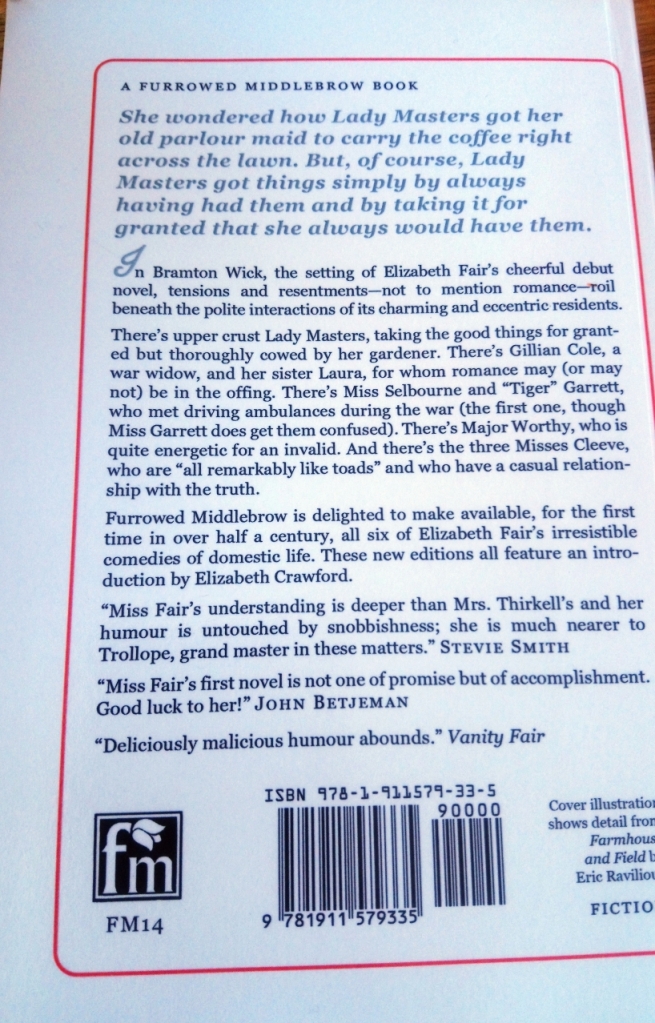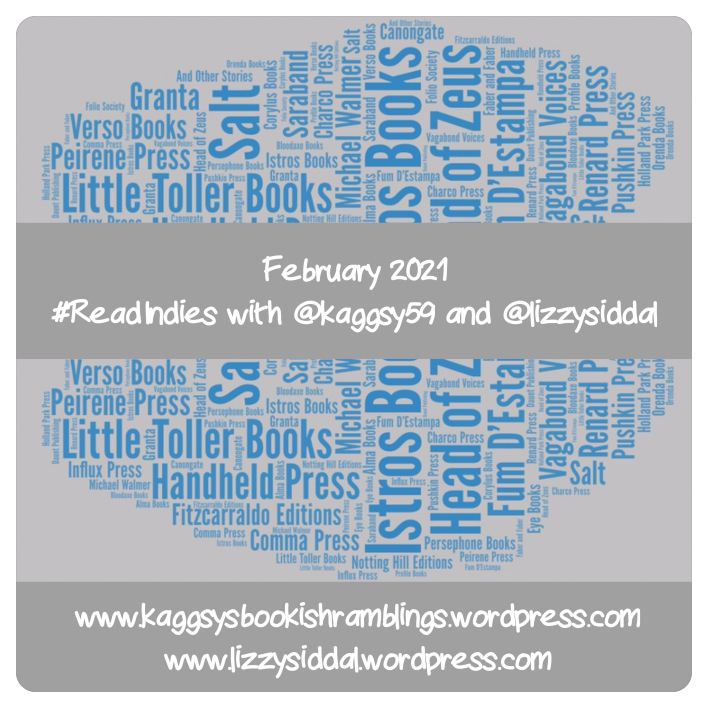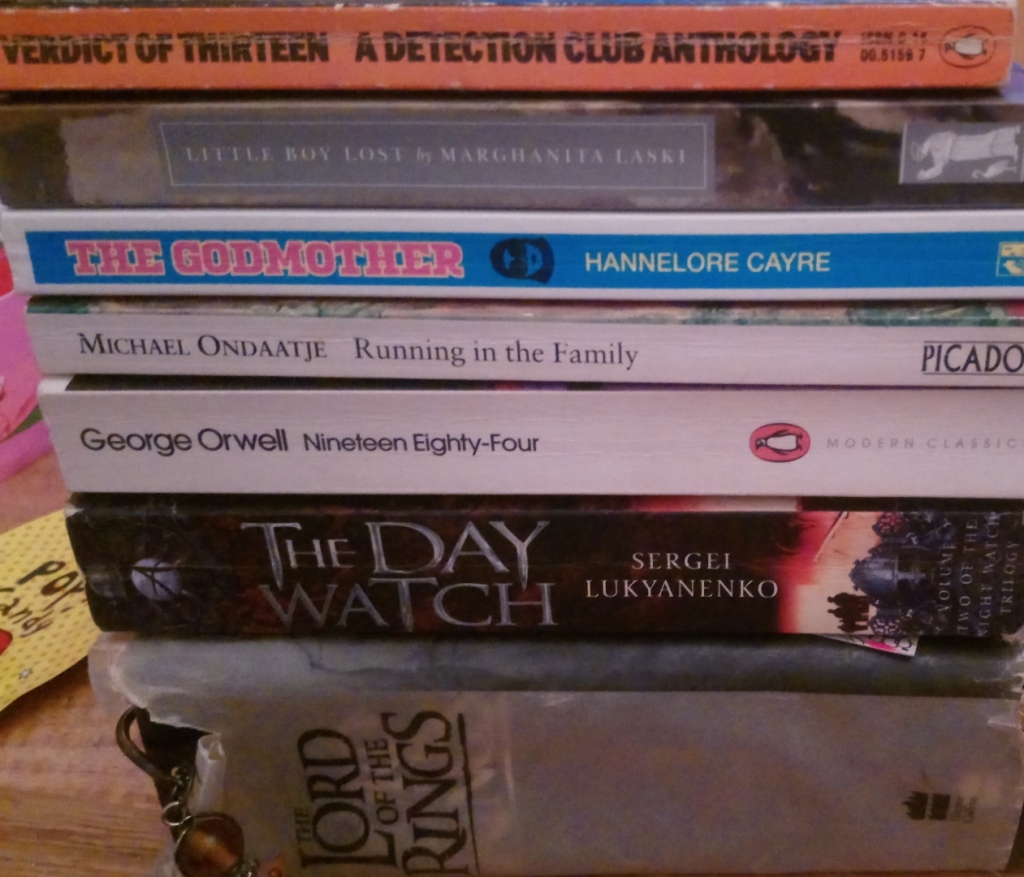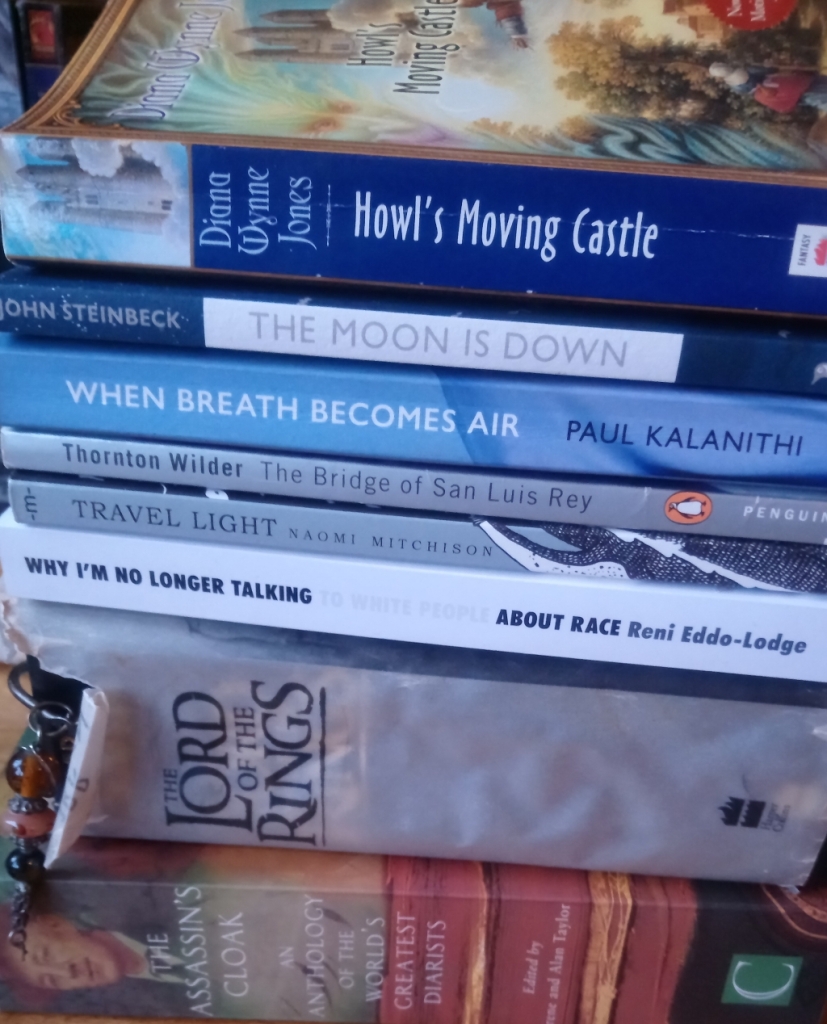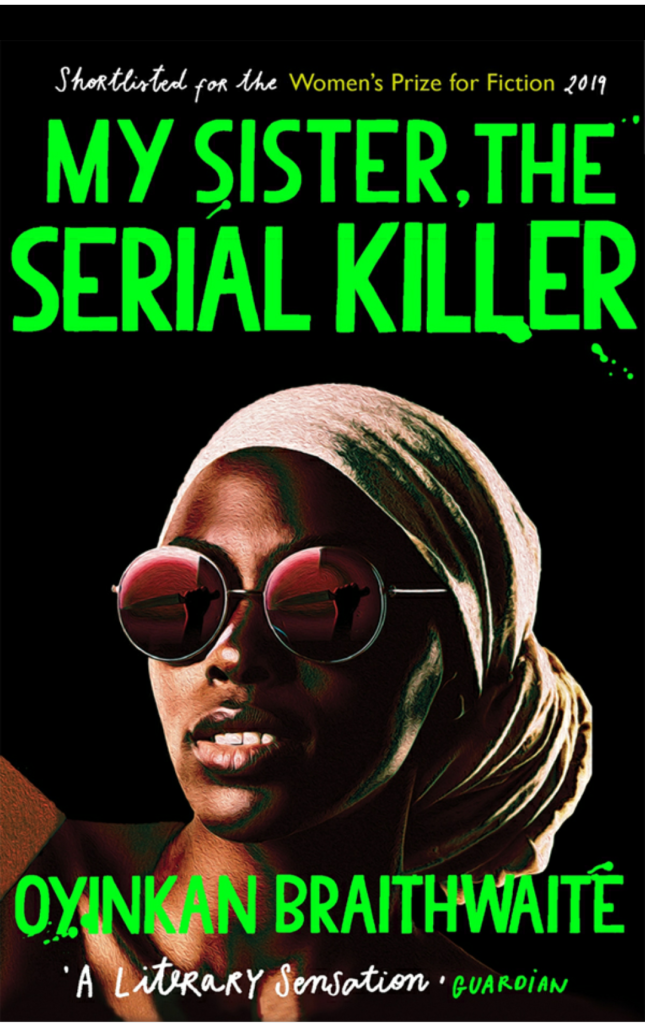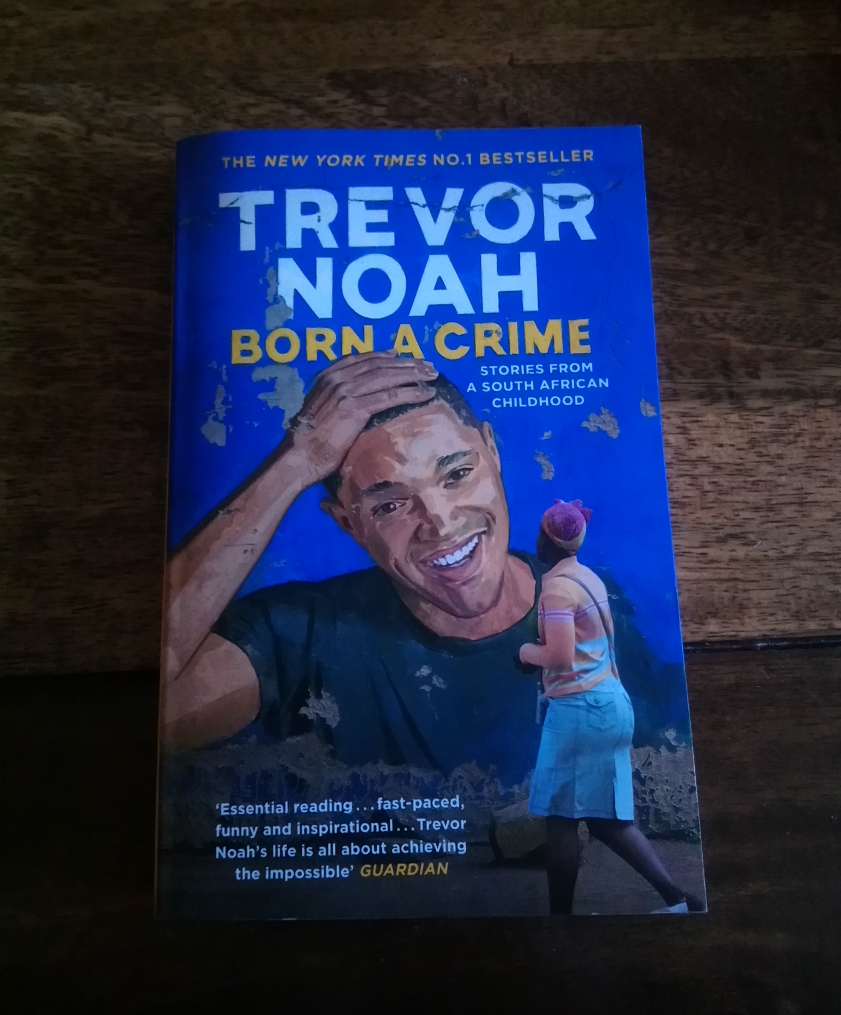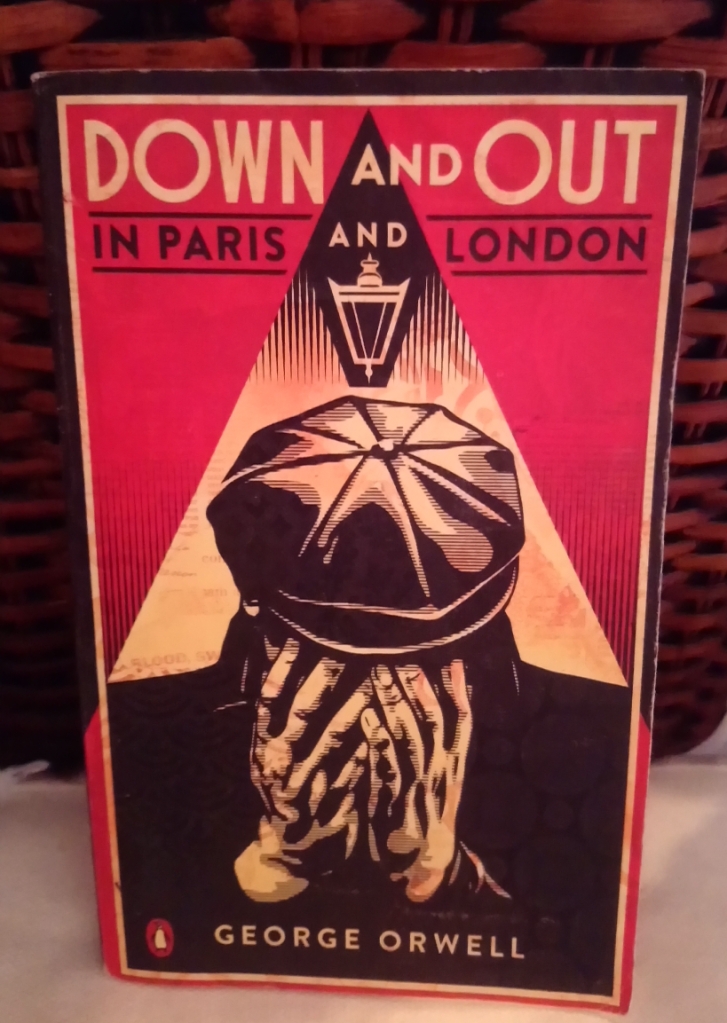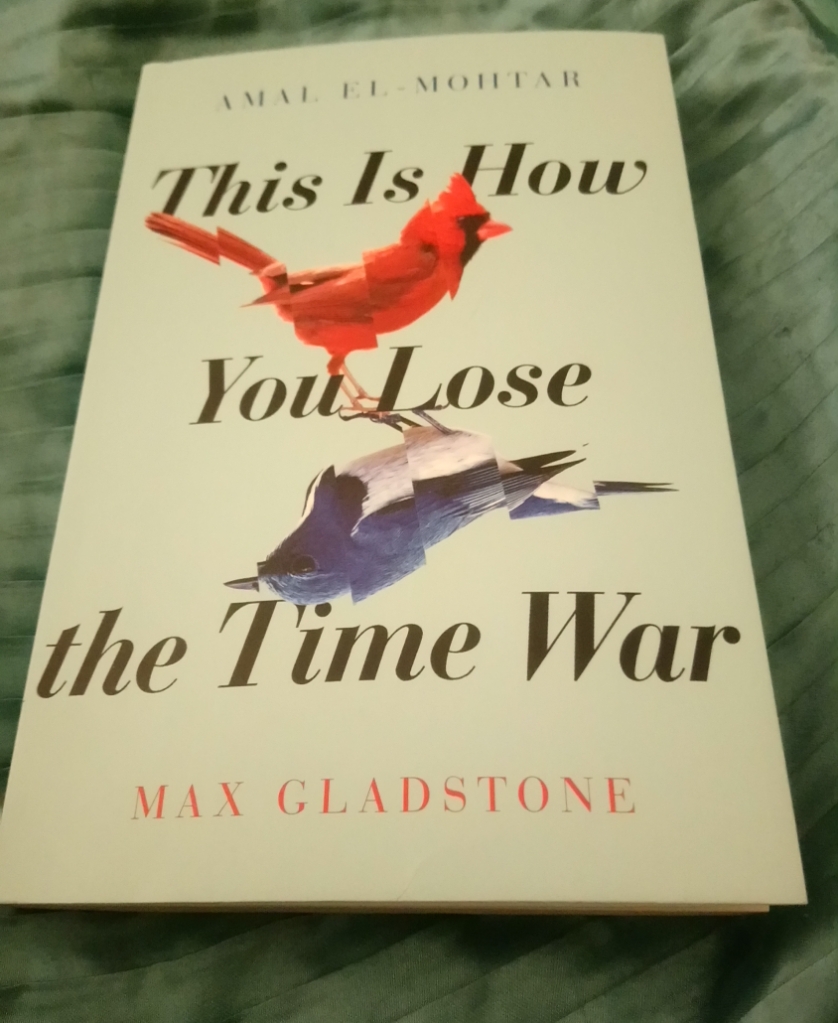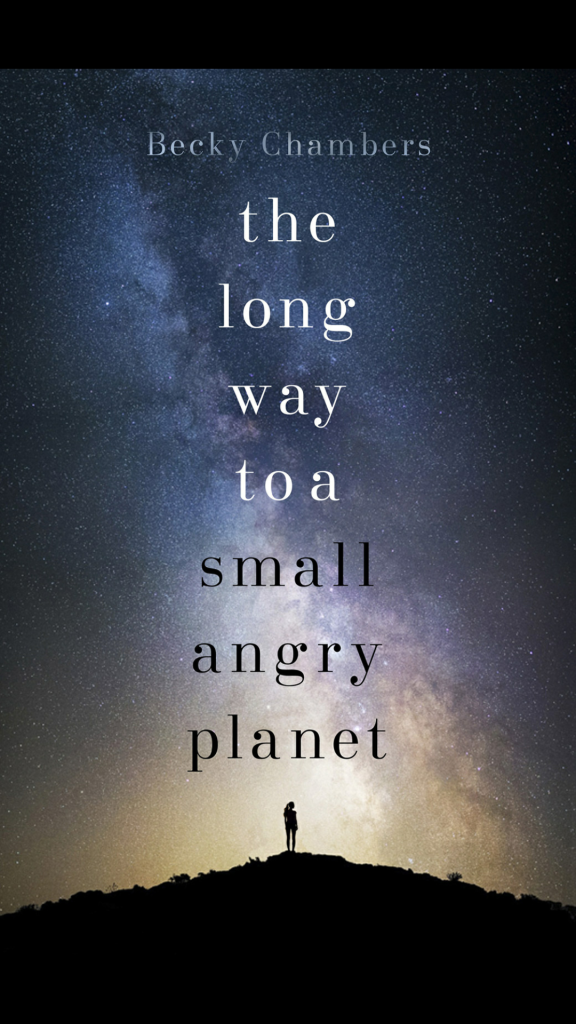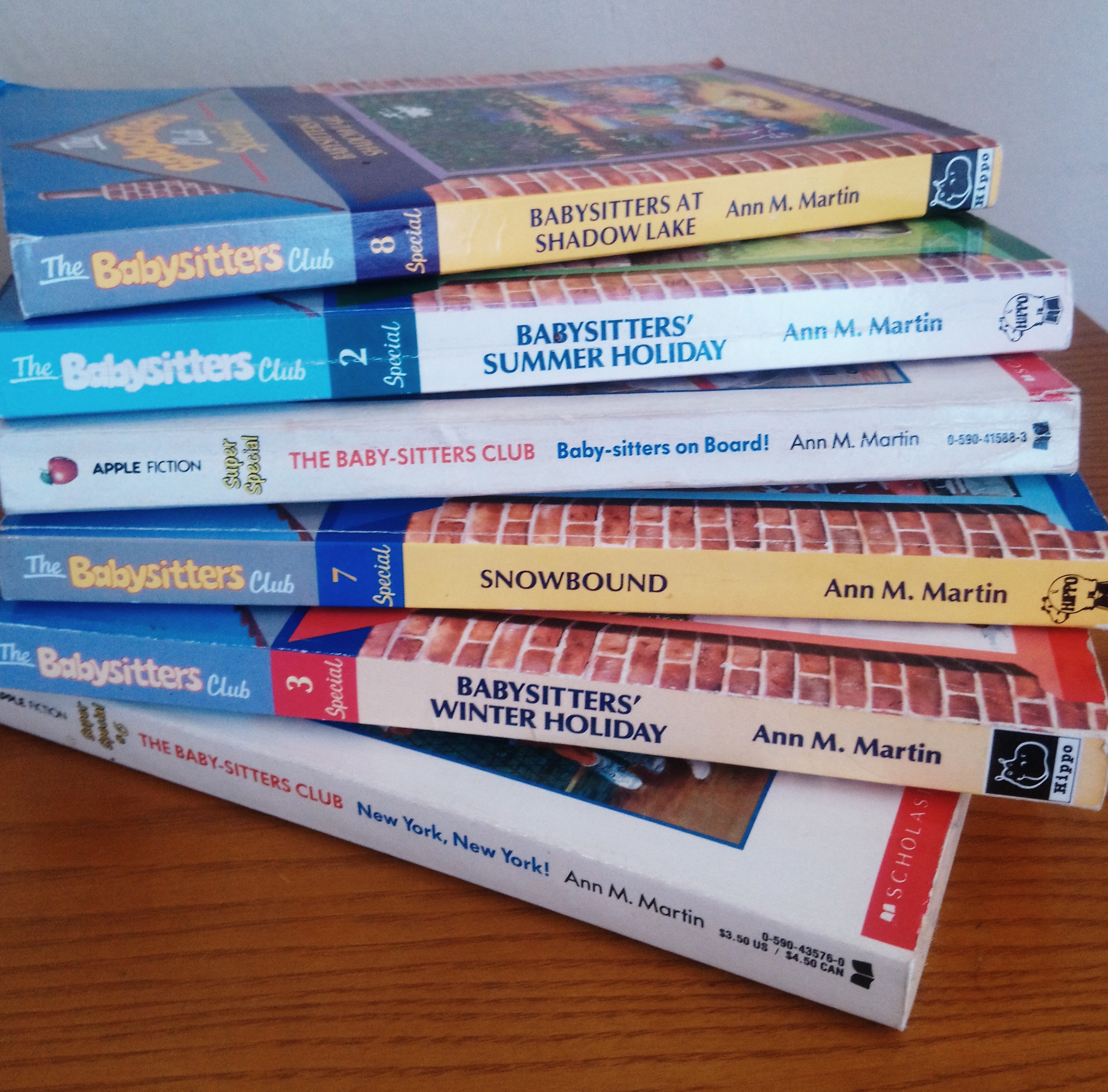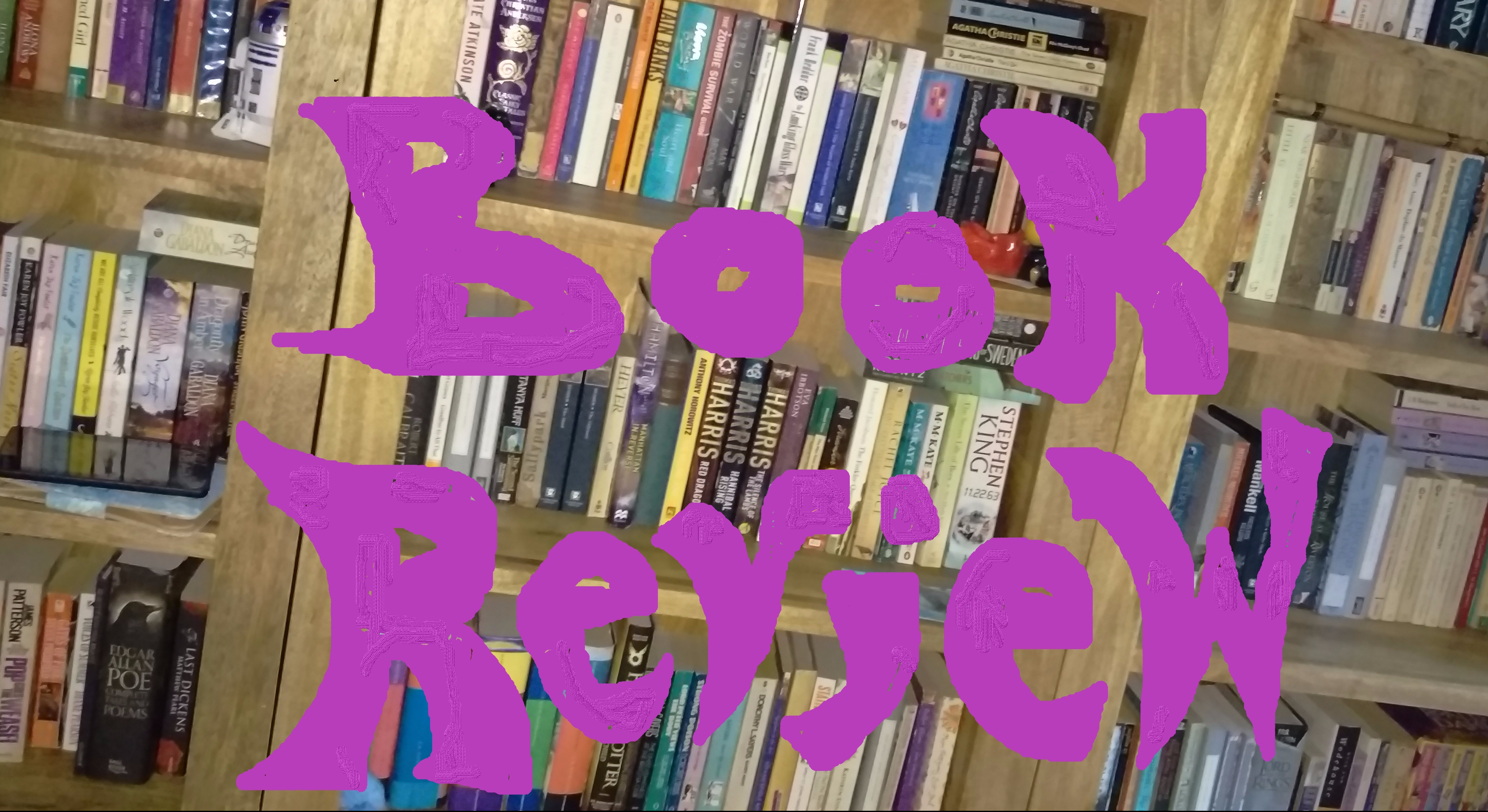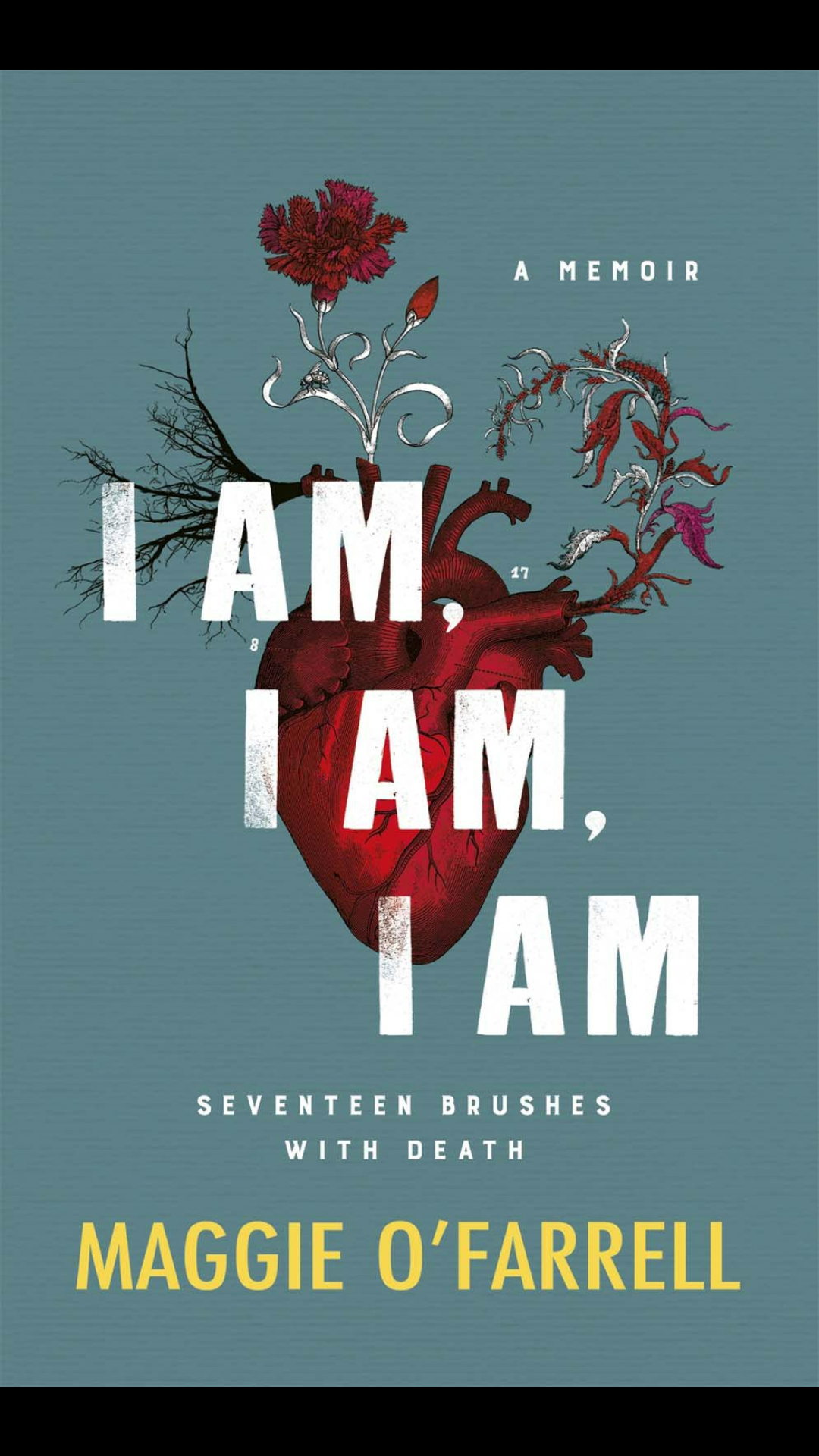This month Kaggsy and Lizzy are hosting #ReadIndies month. I thought it could be fun to structure my February reading mainly around reading indie publishers, and it turns out I have books from quite a few independent publishers on my shelves waiting to be read. I think I managed to put together an interesting pile of books to read through this month.

I think ten books might be a little ambitious but I read sixteen in January and we are still in lockdown so I’m hoping I manage. Only one re-read this month, and it’s Return of the King, so we will see if I cave and reach for a comfort re-read or two before the end of the month.
I’ve also been in touch with an old friend, and we’ve rather re-kindled our friendship via instant messaging about books which has been nice. She makes me look like I hardly read anything, but that’s a pleasant switch from my normal conversations where people often look askance at the amount of reading I do. We decided to do a bit of a book exchange and I received The Strange Case of Dr Jekyll and Mr Hyde since she knew I was trying to read more classics this year. She also sent me One Day by David Nicholls as a bit of a wildcard as she wasn’t sure if I normally read romance.
It was really exciting to receive books in the post, especially when I didn’t know what the package would contain. I did know of both books though so I’m hoping the next parcel might contain something completely unheard of by me. Still, I am Scottish so I definitely need to remedy the fact that I haven’t read any Robert Louis Stevenson.
On to the indies! I managed to pick seven different independent publishers off of my shelves for this month’s reading.
Greyladies publishing with Near Neighbours by Molly Clavering. I haven’t read any of this author before but she’s also Scottish and I always like to read more Scottish Authors where I can. Greyladies describe their output as “well-mannered books by ladies long gone”. I have a few of their books on my shelves and I loved Little G by E. M. channon which was a sweet, humorous romance: a cantankerous mathematician falling in love for the first time. I’m hoping Near Neighbours has more of that gentle humour.
Girls Gone by Publishing is a publisher I have been reading from for years now. I have a soft spot for girls own stories and GGBP have made so many of these available where it would never have been possible to get hold of one of the rare, expensive original editions. As well as allowing me to flesh out my collection of Elinor M Brent-dyer, they introduced me to Gwendoline Courtney and Clare Mallory who have become favourite comfort reads of mine. Clare Mallory held Josephine Elder’s works, Evelyn Finds Herself in particular, in such high esteem that one of her books is dedicated to her. I have a weakness for books mentioned in books and so I had to get hold of a copy of this. I’m looking forward to trying Josephine Elder’s work and Evelyn Finds Herself seemed like a worthy addition to this month’s pile.
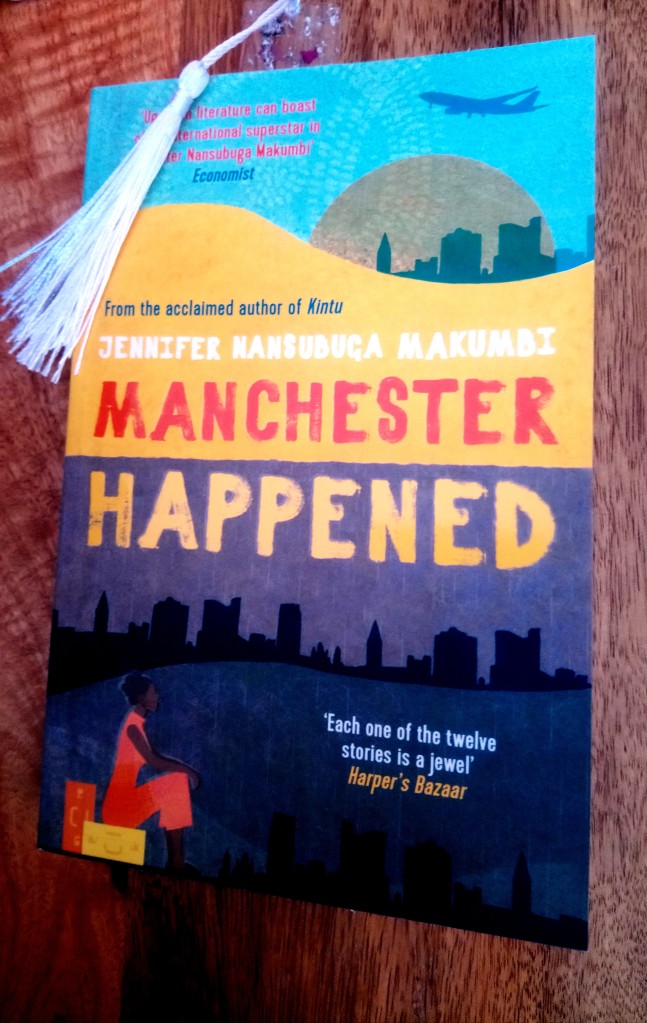
Manchester Happened by Jennifer Nansubuga Makumbi is a collection of short stories based around Ugandan immigrants living in Manchester. I struggle a bit with short stories, and tend to have to space them out so I have started this already and read the first two stories in the collection. It’s well written so far, and I’m guessing takes place over a wide span of years. I’d never heard of the publisher One World. From their website:
“Our fiction list showcases intelligent, challenging, and distinctive novels that sit at the intersection of the literary and the commercial: emotionally engaging stories with strong narratives and distinctive voices. In addition to being beautifully written, we hope our novels play their part in introducing the reader to a different culture or an interesting historical period/event, and deeply explore the human condition in all its vagaries.”
I have been wanting to read Charles Lamb’s letters and essays for years. Charles and Mary Lamb seem so interesting to me. I have had this lovely Hesperus Classics edition of Essays of Elia on my bookshelf for too many years unread. I hope that this is the month I finally read it. First published serialised from 1820, I am curious if his essays still have a relevance to today. It’s a lovely copy, and if I actually follow through on my plan to read more Classics this year, I would definitely consider buying some of their editions.
Similarly, my Alma Classics edition of The Government Inspector by Nikolai Gogol is a lovely looking paperback. I was a little intimidated by this, a comedic Russian play from 1836. It’s definitely outside of my comfort zone! But I’m also excited for it, and I really hope I enjoy it. Interestingly, only around 40% of their titles were originally published in English. I love the idea of making more global classics available. I will definitely be looking out for more of their books.

I couldn’t possibly not include a Dean Street Press/ Furrowed Middlebrow title on this list. I’ve been reading the Furrowed Middlebrow blog for years, and getting access to the titles that have been recently republished has been a delight. A Chelsea Concerto and The Dancing Bear were some of my favourite reads of the last five years and more recently I’ve enjoyed being introduced to authors like Doris Langley Moore and Winifred Peck. It was a toss up for me which novel to include in this list, and although I can’t wait to get my hands on Margery Sharp’s Stone of Chastity I’ve had Elizabeth Fair’s Bramton Wick on my shelves for a long time now and I’m looking forward to finally reading it.
